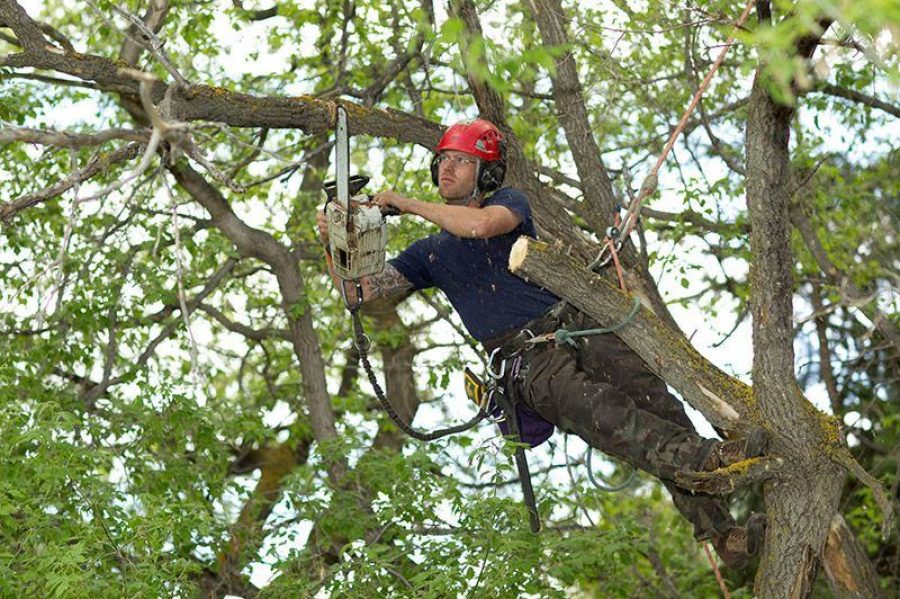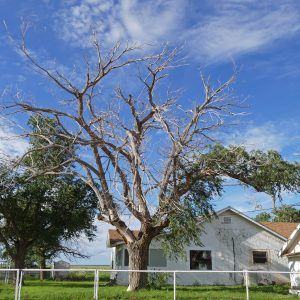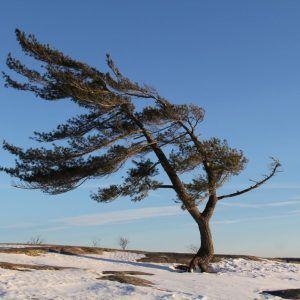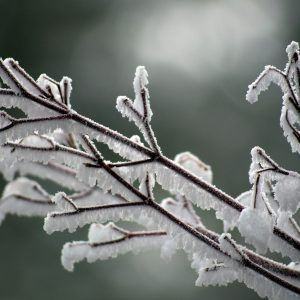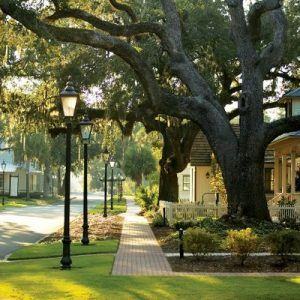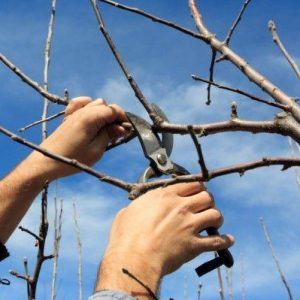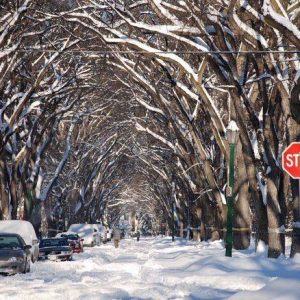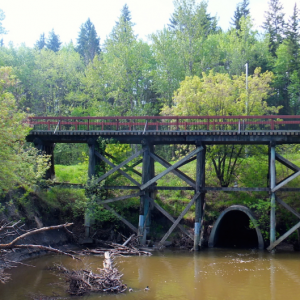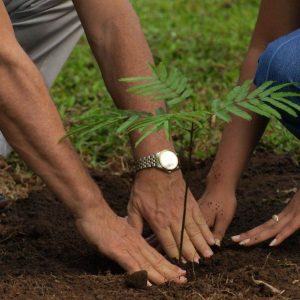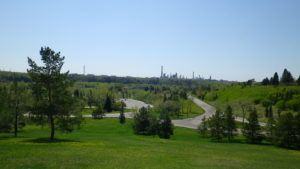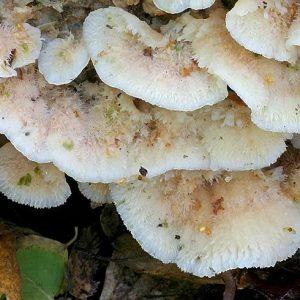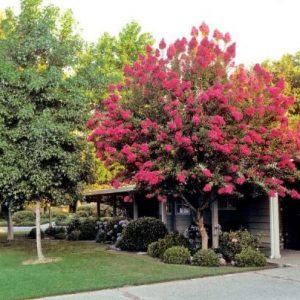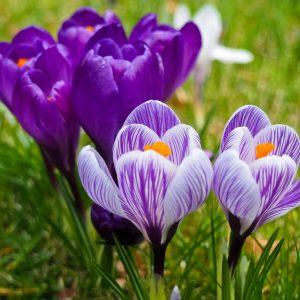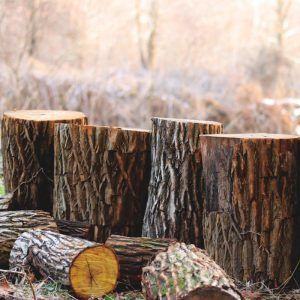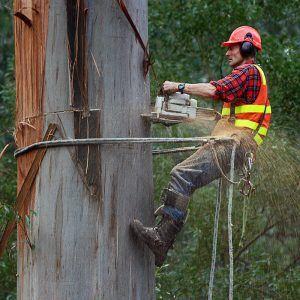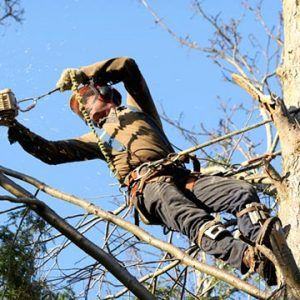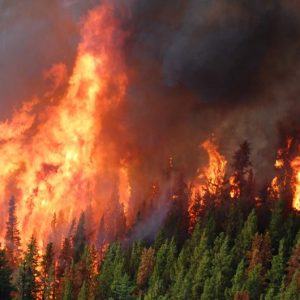As we conclude Chipps’ brief guide to the ecological benefits of our trees, we’re turning our attention away from the supportive and provisional roles we examined in our previous parts to this series to explore the regulatory function performed by the various trees in Edmonton. Trees regulate the world’s climate, affecting global temperatures, air quality, and energy usage. As climate change continues to be a concern in Canada and the rest of the world, the importance of these regulatory functions will increase.
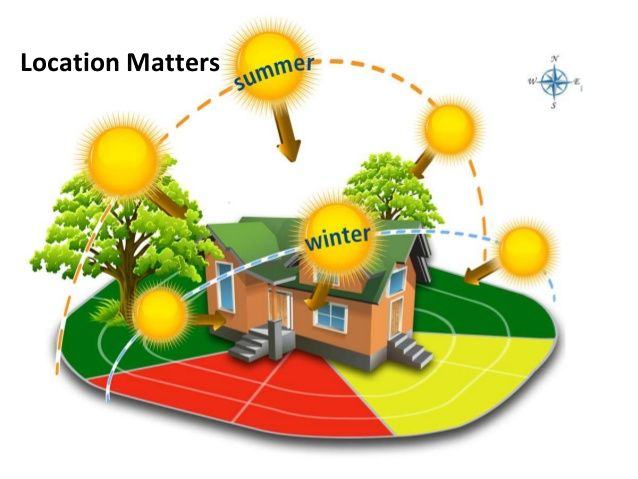
A staple of our public school system’s curriculum involves the study of the greenhouse effect, and our elementary school lessons explain how sun radiation and the heat released from the Earth’s surface are contained by the Earth’s atmosphere. Unfortunately, what is a slow-moving, naturally occurring process is helped along by industry, especially the burning of fossil fuels. As we release heat-trapping gasses (like carbon dioxide) into the atmosphere, we’re intensifying the greenhouse effect and raising the overall temperatures recorded around the world.
The trees of Edmonton — and indeed, the rest of the world — are nature’s air purifiers. Through photosynthesis, transpiration, and other cellular functions, trees intake harmful pollutants from the air. Most famously, they remove carbon (CO2) from the atmosphere during photosynthesis, offsetting the greenhouse effect. Each tree has the ability to absorb roughly 48 pounds of CO2 each year, while an acre of forest can absorb nearly 2.5 tons.
They filter more than just CO2 from the atmosphere. Trees also absorb such pollutants as carbon monoxide, sulfur dioxide, and nitrogen dioxide, a process that has significant impact on our air quality and our health. A recent study completed by the Portland State University (PSU) has found that this function has a positive effect on those suffering from asthma. Their research discovered tree cover in urban areas lowered the levels of nitrogen dioxide in the air.
Nitrogen dioxide (NO2) is a common air pollutant caused by car exhaust, and it has the ability to cause inflammation of the airway in healthy individuals and worsen the symptoms experienced by those with asthma and other respiratory illnesses. The researchers at PSU found a direct correlation with the number of trees planted in the area and the number of respiratory emergencies recorded at local hospitals and schools. When a city had more trees, their residents suffered from fewer health-scares.
The complex inner processes of trees aren’t the only ways these structures help our city. Their physical presence along our streets regulates our local temperatures, too. When planted strategically around buildings, the shade they provide can drastically cool our neighbourhoods. As a result, we don’t have to rely on our HVAC systems in order to create comfortable living spaces in our homes. In some cases, trees that provide shade over our buildings can reduce the energy used in cooling our homes anywhere between 8 – 18%.
While tree coverage near your home can result in money saving energy reductions, we don’t suggest letting the trees on your property grow uncontrolled. Trees near houses and electrical lines should be watched carefully, as wild growth can threaten to damage these structures. Our ISA-certified arborists suggest regular pruning for those trees growing near your home. Our experience and expert training allows us to pinpoint those parts of the trees that pose as a risk to your property, and our removal techniques lets us eliminate these risks without jeopardizing the health of the remaining tree, the surrounding wildlife, or your home.
If you think your trees are in need of a pruning, don’t hesitate to give our arborists a call. We’ll send out a team who can assess your property and ensure the any branch that poses a danger is removed efficiently and safely. We can also perform a comprehensive on-site assessment to address the overall health of your trees, suggesting any number of services to improve their condition. When you take care of your trees in such a way, you’re ensuring they’re able to fulfill their supportive, provisional, and regulatory roles that are so essential to our local and global ecosystems.


